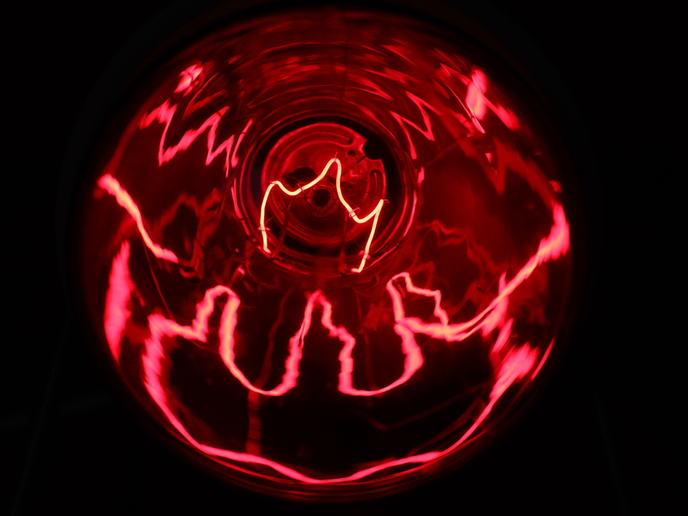Iridescent mutant bacteria provide a sparkling new palette!
Colours that look different when viewed from varying angles are termed iridescent. While pigment produce colours via a mechanism that is called absorption (they absorb part of the visible spectrum and what is not absorbed is eventually the colour of the object), structural colours are obtained by structuring material at the scale of the visible light wavelength. Such iridescent colouration can therefore change colour and brightness with the angle of view, a classic example is the mother-of-pearl lining an oyster shell. Natural photonic structures pose many challenges, especially for modelling. They are highly hierarchical, meaning that they have features spread on different length scales, and are generally affected by disorder. To cut through the complexity and explain many of the colours of nature, the EU-funded project LODIS (Looking through disorder) has developed analysis and simulation tools to increase understanding of disordered photonic structures. The LODIS team particularly focused on the effect of disorder on the optical properties of photonic structures. “In many natural systems, colour-producing nano-structures are inherently disordered. Disorder can be detrimental to strong interference effects in optical systems, but it also allows a much broader variety of visual appearances,” explains project coordinator, Dr Silvia Vignolini. As part of the project, and to illustrate the disorder effect, they have produced a video(opens in new window) showing how colours of iridescent marine bacteria change. Mutants were the key Researchers established an internationally recognised research line that contributed remarkably to understanding how a living system can form complex photonic architectures in nature. “What follows will be how such natural design principles can be exploited for fabricating novel optical materials in a sustainable way,” notes Dr Vignolini. Using an electron microscope to look at mutant bacteria as small as two-millionths of a metre long, the researchers saw what was happening: the organisation of the bacteria was responsible for the colour of the colony. Genetic pathways behind the regulation of a myriad of colours in a new Flavobacterium strain have been mapped out. By modifying their genes, the researchers showed that both colour and scattering properties could be controlled. When interference is constructive The explanation for this lies in the principle of a physical process called constructive interference. The strict definition is when two or more waves of equal phase and frequency produce a single wavelength equal to the sum of the individual ones. “In colourful marine bacteria, this produces a ‘colourful reflectance’,” explains a research team member, post-doc Dr Villads Egede Johansen. “Simply put, the colour you see is the result of light reflected out of the rod-shaped bacteria arranged in a certain way, not from pigment. Mess up their pattern and the colour goes away with the swipe of an inoculation loop!” Mutants created varied in terms of length or diameter of their rod-shaped cells or even their ability to move around. The team showed how it was possible to control the colour and scattering properties of living organisms by modifying their genes. “This work is a major advance in this field: while so far research mainly focused on the optical characterisation of structurally coloured organisms, there were no previous studies investigating the genetic pathways underpinning structural colouration in any living organism,” emphasises Dr Vignolini. Well received by both the scientific community and the press, the work was published in the high-profile journal PNAS(opens in new window). Next steps in the pathway to harnessing the power of the biology of colour For the team, continuing the research is paramount and the researchers are actively looking for further funding. Currently, the UK founder BBSRC that focuses on projects in the area of bioscience for the future is sponsoring a PhD student to continue the work. No doubt, there are many exciting results to follow. “Imagine the possible applications of this technology – iridescent biodegradeable cosmetics and bacteria-based paints that will grow in a day to colour walls and cars,” Dr Vignolini sums up.







